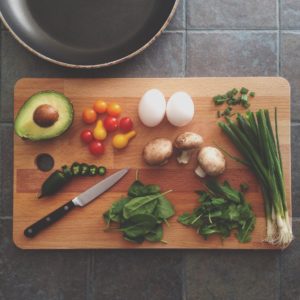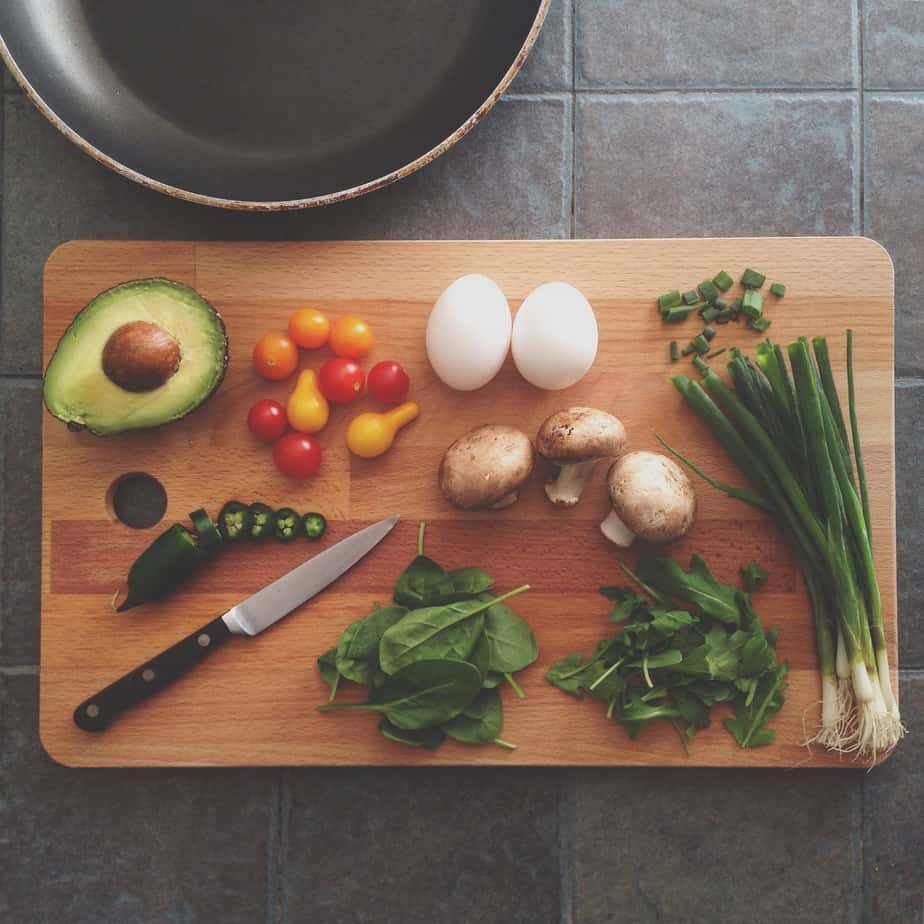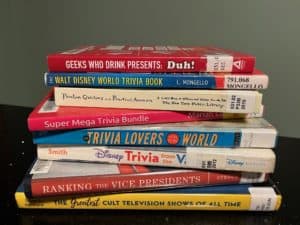 Cooking has always been a mad dash for me. I often get so excited about the finished product that I will have made that I don’t take the time to properly prep my ingredients. My standard cooking method is to just plop all of the ingredients on the table, and then measure and chop as I go down the list of recipe steps. This method inevitably leads to a lot of rushing and dashing around the kitchen to grab measuring spoons, cutting boards, and to toss my various used cooking utensils into my rapidly overflowing sink. Comparing my method to the way that I see people cook on Food Network always left me wondering what exactly I was doing wrong. How come they always seemed so relaxed when cooking, while I was always left exhausted? The same thought would occur whenever I heard someone talk about how they found cooking “relaxing,” or how they loved to cook to “unwind.” I’d always scoff at that sentiment, because what was so relaxing about rushing to make sure your onions were chopped before throwing them into your pan that was now spitting oil and about to catch fire?
Cooking has always been a mad dash for me. I often get so excited about the finished product that I will have made that I don’t take the time to properly prep my ingredients. My standard cooking method is to just plop all of the ingredients on the table, and then measure and chop as I go down the list of recipe steps. This method inevitably leads to a lot of rushing and dashing around the kitchen to grab measuring spoons, cutting boards, and to toss my various used cooking utensils into my rapidly overflowing sink. Comparing my method to the way that I see people cook on Food Network always left me wondering what exactly I was doing wrong. How come they always seemed so relaxed when cooking, while I was always left exhausted? The same thought would occur whenever I heard someone talk about how they found cooking “relaxing,” or how they loved to cook to “unwind.” I’d always scoff at that sentiment, because what was so relaxing about rushing to make sure your onions were chopped before throwing them into your pan that was now spitting oil and about to catch fire?
Part of me knew that these people, especially chefs on TV, always had their ingredients prepped, but my cooking tends to be so on the fly that I never even considered taking the time to physically prep all of my ingredients beforehand. I would try to get all of the ingredients I needed out onto my work surface, but I would only bother to measure and chop them as I was following along with the recipe steps. Then, when I finally picked up a copy of Anthony Bourdain’s classic, Kitchen Confidential: Adventures in the Culinary Underbelly, I learned about the magic of the mise en place. Bourdain writes that mise en place is “the religion of all good line cooks” (Bourdain). Mise en place, which translates to “putting in place” from French, is the act of both prepping and organizing your ingredients prior to the cooking process. For example, if you were making a dish that required chopped onions and garlic, you would take the time to chop up the onions and the garlic and to set them aside before you started the actual cooking. You would also measure out your ingredients and keep them prepared in little bowls or containers in order to streamline the cooking process.
Once I started incorporating mise en place into my cooking routine, I found that cooking became much less stressful. The process became a lot smoother, and I wasn’t as stressed out when cooking. I also discovered that I find chopping produce oddly relaxing. After I amassed a large amount of apples after an apple-picking trip to Natick, I was trying to find recipes that would use up a lot of apples, and I found one for an apple cake, which involved lots of chopping and peeling. There was something so relaxing about peeling the apples, and then using a good knife to chop them up, all while not having to rush. I used to dread having to cook a recipe that called for chopped up onions or other produce, but now I relish the time I get to spend chopping them up. I now see why some people use cooking as a way to unwind or relax. If you are able to take the time to prepare your ingredients with care, and you don’t have a time restraint on your cooking, then it can become very soothing and fulfilling to chop up a bunch of apples and then pop them into a pie, for example.
If you would like to start incorporating a mise en place into your cooking process, these are the steps that you should follow. First, have your recipe on hand, and make sure that you have all of the measuring tools and cooking equipment that you will need. Second, wash and chop, peel, and measure out all of your ingredients. Once you are done preparing all of your ingredients, place them in appropriately-sized bowls and containers so that they will be at the ready for when you start cooking. Finally, make sure that your prepped ingredients are conveniently placed around your work area so you can just reach over and grab them when needed. To quote Anthony Bourdain once more, “The universe is in order when your station is set up the way you like it” (Bourdain).
If all this talk of mise en place and cooking makes you want to start whipping out the measuring cups and cutting boards, here are some recommendations for my favorite cookbooks. One of my all-time favorite home cooks is Ree Drummond, and I always make sure to check out every new Pioneer Woman cookbook that she releases. I love Drummond’s cookbooks because she always includes lots of step-by-step photos that go along with her recipes, which I always find to be massively helpful when attempting a new recipe. Chrissy Teigen’s Cravings cookbooks are another of my favorites. I really like the intros that she writes for each recipe explaining its background or inspiration in her life, plus all of the food that she creates always looks so yummy! Asian recipes are some of my favorite foods to eat and cook, and my go-to cook for great Korean recipes is Maangchi, who originally started sharing her recipes on YouTube and her food blog, but now has a great cookbook out, Maangchi’s Big Book of Korean Cooking: from Everyday Meals to Celebration Cuisine. Another great cookbook featuring Asian cooking is Lucky Rice: Stories and Recipes from Night Markets, Feasts, and Family Tables, by Danielle Chang which provides a variety of recipes from countries all over Asia. If you’re looking for a more plant-focused cookbook, The Peach Truck Cookbook features 100 recipes all incorporating my favorite fruit, peaches! Another great cookbook that is vegan-friendly is Plant-Powered Protein, which features over 100 recipes that all use vegan ingredients such as plant-based meat alternatives (their recipe for vegan massaman curry is my favorite!) Finally, if all this talk of cooking intrigues you, but you may not be the most experienced cook, You Suck at Cooking: the Absurdly Practical Guide to Sucking Slightly Less at Making Food is a hilarious, but very helpful cooking guide and cookbook for the new chef.
Dina Delic is the Assistant Children’s Librarian at the Morrill Memorial Library in Norwood, MA. Look for her article in the November 11, 2021 issue of the Transcript and Bulletin.




